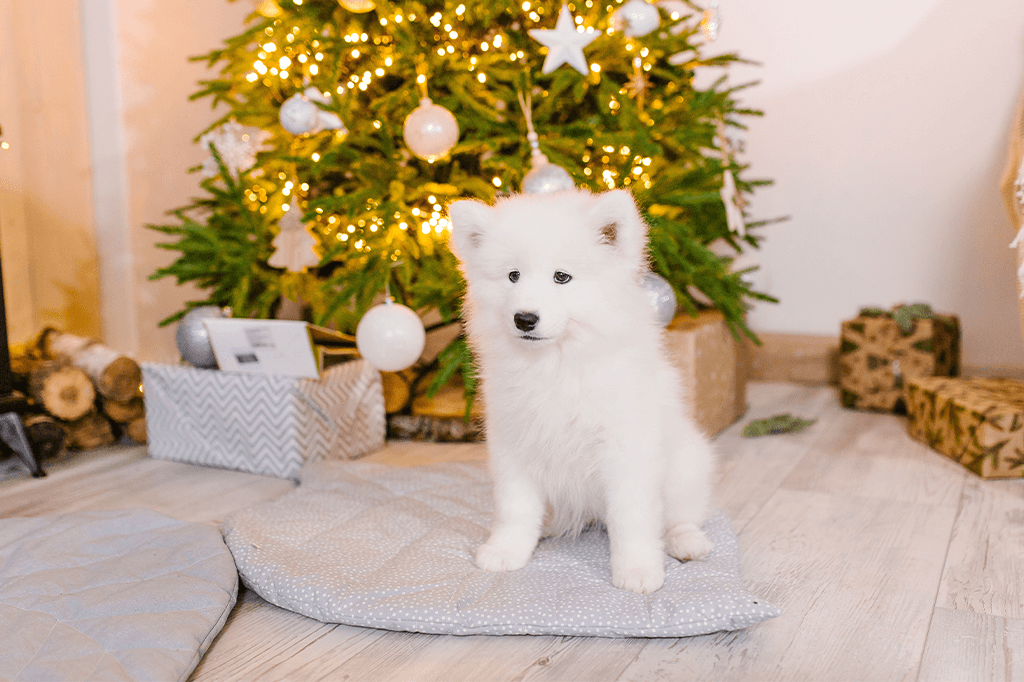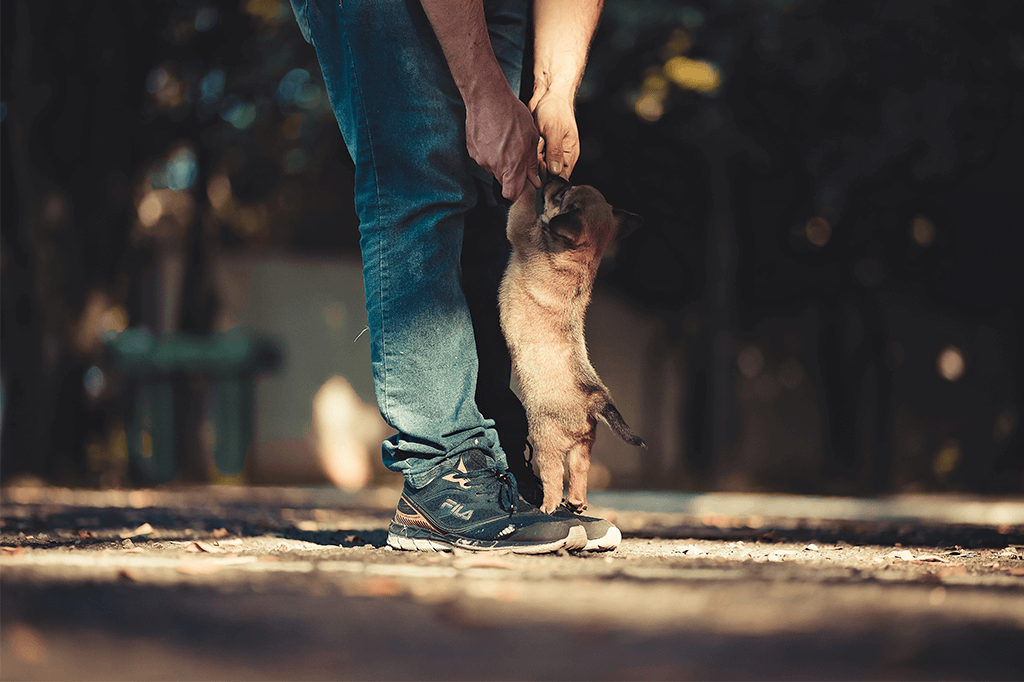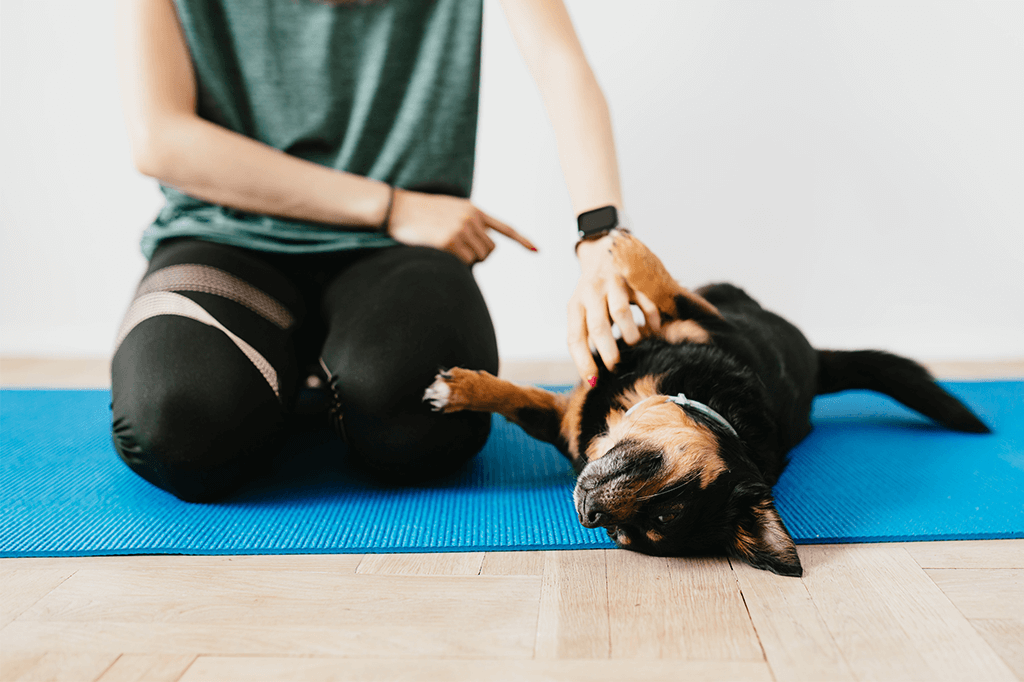Training a Blind Dog
Whether you’ve brought home a puppy that was born blind or you’ve adopted an adult dog with a sight impairment, learning how to train a blind dog doesn’t require too much extra know-how. All you need to do is adapt regular training techniques to suit a dog that can’t see. Here’s how to get started:
Use Food as a Lure
This is a training technique that many people use on dogs with 20/20 eyesight too, simply because it’s so effective. It involves using something tasty (and smelly!) to lure your dog into the position that you’re trying to train.
Let’s use the “sit” command as an example. Since your dog won’t be able to see your visual cues, pick a treat that they can easily smell, such as cheese. Hold this in front of their nose so that they have a good sniff. Then, slowly raise it over the top of their head. As their nose follows the treat, their rump should naturally move down towards the floor. Before you know it, they’ll be sitting!
As soon as they do, give your dog the treat. After a while, you can introduce a verbal cue to this command too.
This technique can be used to teach your dog so many commands, from “lie down” to “watch”.
Clicker training is also worth trying when working with a blind dog. This can help to mark a positive behavior faster, which speeds up how quickly a dog learns.
Pick Simple Verbal Cues
When it comes to picking the verbal cues that you plan on using for various commands, keep things simple. Try to stick to just one short word for each command.
For example, instead of saying “go to your bed”, simply use the word “bed” instead. This will make it much easier for your blind dog to understand what you’re asking of them.
Make Use of Scents and Textures
Dogs rely on their sense of smell for so many different things. When a dog can’t see, you can make use of their sense of smell to help them to navigate around your house.
Think about all of the delicious aromas that come from your kitchen. Chances are that your dog won’t have any problems finding this room!
However, you can also associate other rooms in your home with particular scents. You can do this with specific areas too, such as your dog’s bed, or the back door. A few drops of a scented oil near doorways will teach your dog that they’re about to enter a different room.
However, make sure that you choose products that are dog-friendly. Some oils can be toxic to dogs, so be careful when shopping for new scents.
You can use textures in the same way too. Tactile mats of different textures in each room will help your dog to navigate easily.
The “Step” Command
This is a command that isn’t usually taught to sighted dogs. After all, if they’re out on a walk, they can easily see that they need to step up or down onto a curb. However, blind dogs can’t, meaning that they could end up stumbling.
To prevent this, teach them the “step” command. Take your dog out on a walk and, just before you get to a step, stop walking and say the word “step”. Then, gently move your dog’s legs so that they can feel the step in front of them. Once your dog steps up or down, reward them.
Over time, with enough practice, your dog should automatically anticipate stepping up or down each time they hear the word “step”.
Take Things Slowly
Dogs that are born blind tend to adapt to their lack of sight relatively quickly. However, for older dogs that lose their sight for whatever reason, this can take a little longer.
Because of this, you’ll need to take things slowly when it comes to training. Don’t introduce too many changes or new commands at the same time. Your dog will be feeling vulnerable and scared, especially when out and about on walks and in new environments. They’ll need to adapt to depending on their other senses instead of their sight, and this can take a fair bit of time.
So, when training a blind dog, make sure that you don’t rush things. Take things at your dog’s pace. Help them to build up their confidence and it won’t be long before they’re picking up on new cues and commands in no time!



